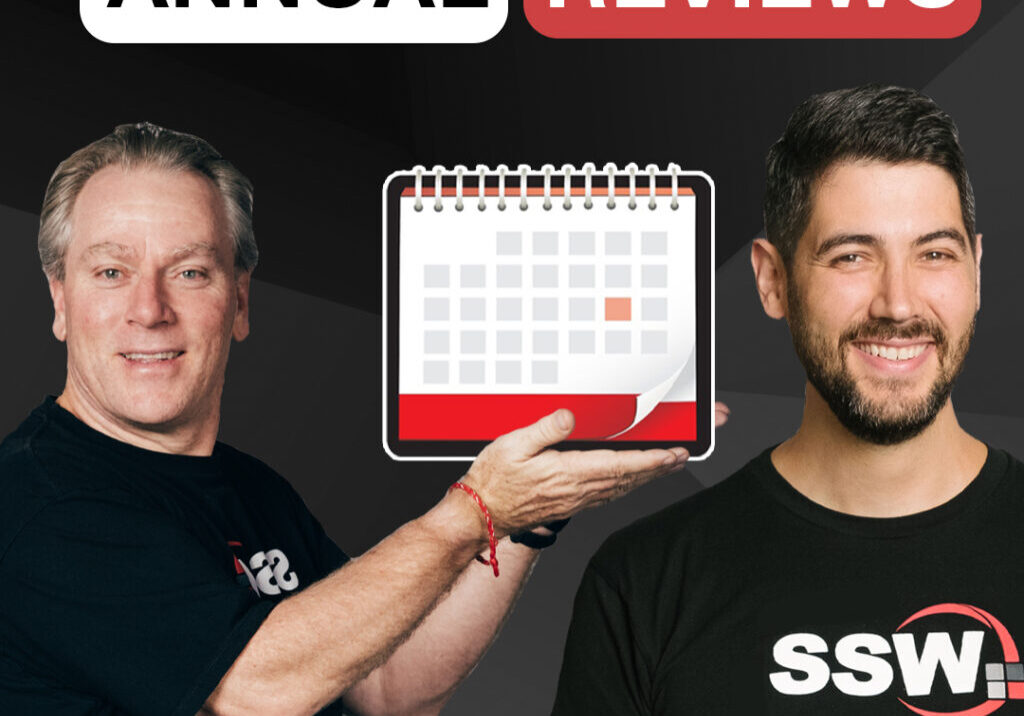We all know the power of ALT text in making images accessible for screen readers. But when an image is rich with detail like textures, placement, and text ALT text alone can’t capture the full picture.
00:00 | Intro
01:20 | Who are we?
02:45 | Optimizing for Screen Readers
06:33 | Semantic HTML
11:42 | What did ASD do?
14:55 | How well is it supported?
24:12 | Improving the description
36:19 | Conclusion
Australia’s spy agency, Australian Signals Directorate (ADS), faced this challenge with their webpage for the 75th anniversary 50 cent coin. Instead of relying on intricate ALT text, they used semantic HTML to convey the coin’s unique features.
Semantic HTML is the bedrock of accessible web design. Using the right HTML elements means that users of all abilities can understand the content just as it is intended. I’ll explain ASD’s approach, evaluate its effectiveness, and see how well it works with screen readers.
Whether you’re a web developer, designer, or accessibility advocate there’s plenty to take away and embed into your own digital products to make them accessible, inclusive and user friendly.
Links:
Need help?: https://ssw.com.au/ssw/Consulting
Follow us:
LinkedIn: / ssw
Twitter: / ssw_tv
Facebook: / ssw.page
Instagram: / ssw_tv
Tiktok: / ssw_tv
Get in touch:
Ross Mullen – Director of CANAXESS
About: / rossmullen
YouTube: / @canaxesstv
For more information about SSW’s consulting services, please visit https://ssw.com.au
#accessibility#accessibilityforall#accessibilityfeatures#accessibilityawareness#accessibilitymatters#digitalaccessibility#webaccessibility
V1 – Bahjat
About the speakers

Ross Mullen
Ross Mullen is Director of CANAXESS a web and digital accessibility company. He works with a range of organisations from charities and start-ups to governments making their digital services and platforms inclusive and accessible using best-practice web accessibility techniques.













